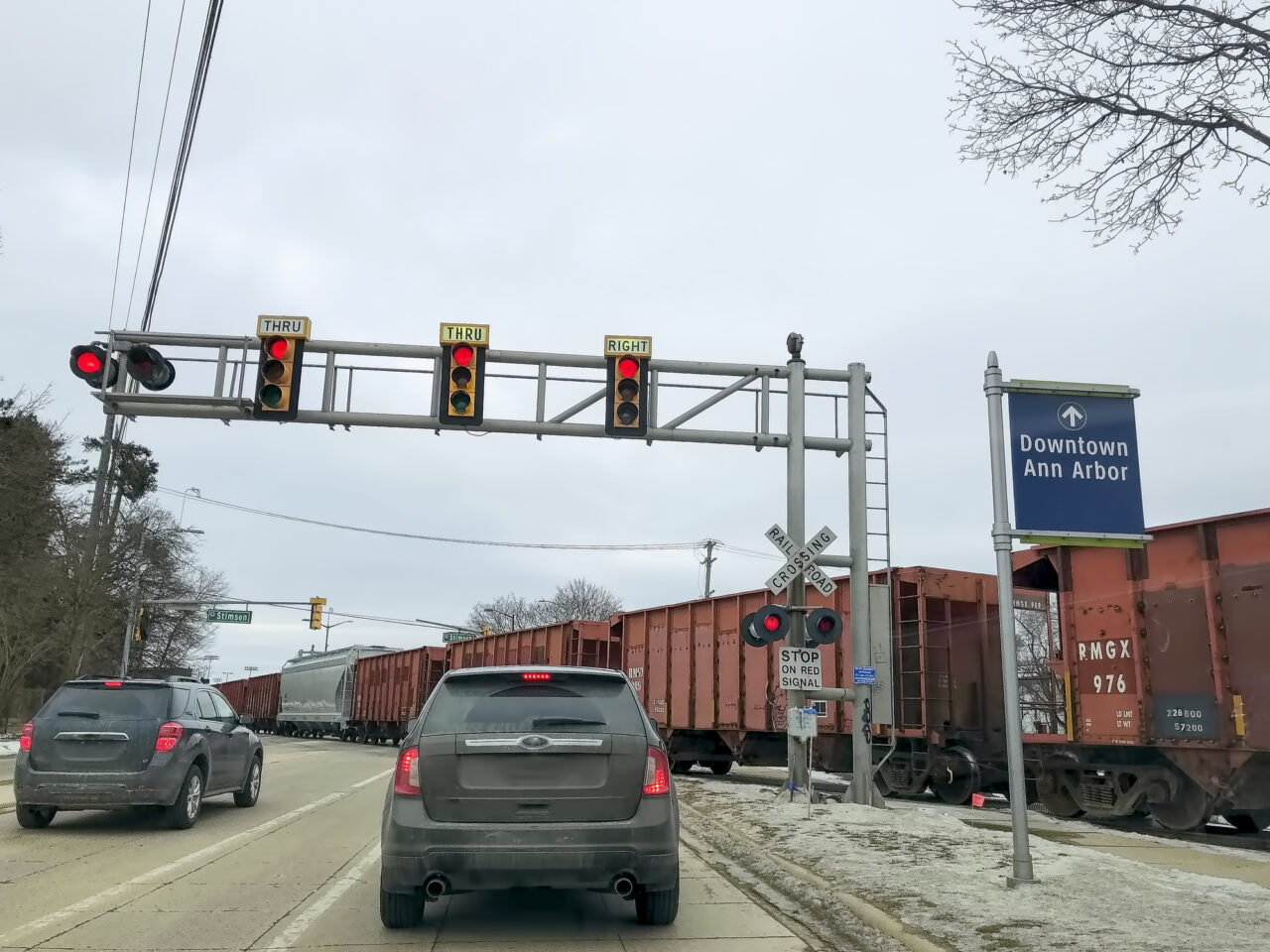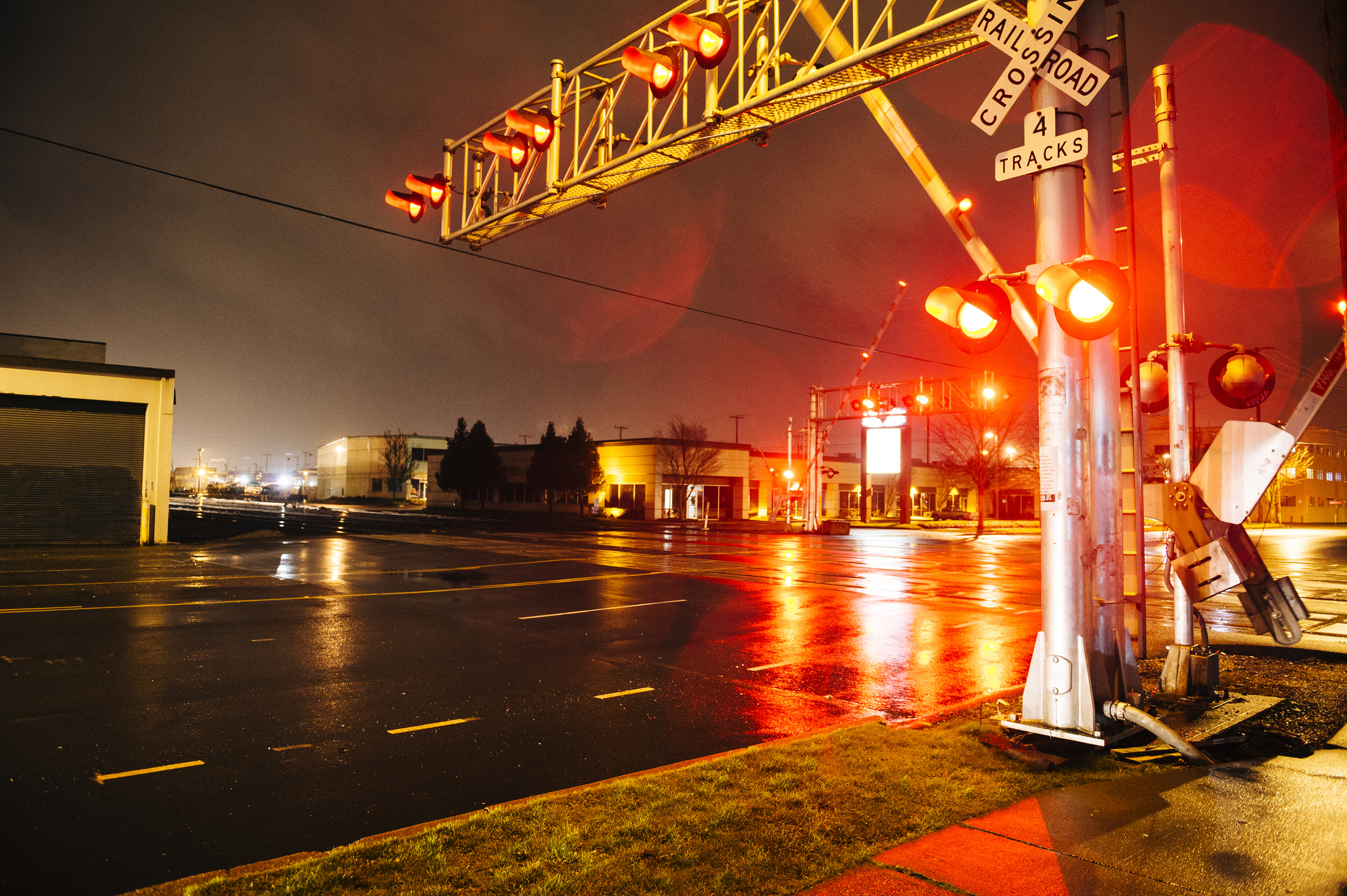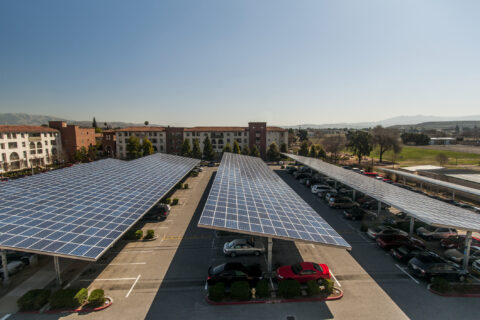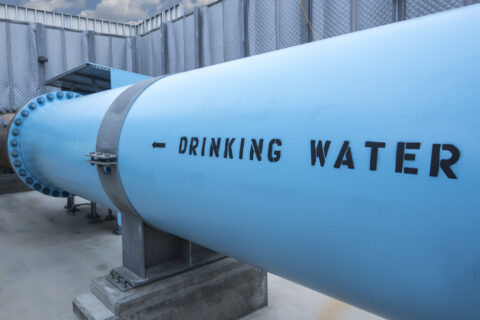Authored by Tate Linden, the Co-Executive Director of Strategy at Railtowns.org, an organization dedicated to improving rail safety and accessibility by finding the fixes and funding for critical infrastructure improvements
Historically, the U.S. has invested heavily in roads over rail. In 2019, the U.S. allocated only 11% of our total transportation infrastructure investment to rail. This is significantly lower than in other regions like the European Economic Area (EEA) and Great Britain, where 42% of total infrastructure spending went to rail. Even under the bipartisan Infrastructure Investment and Jobs Act (IIJA), highways are still receiving three times more funding than rail. In contrast, countries like Japan and many in Europe have shifted their transportation funding to more balanced models, supporting safer, more accessible rail systems. The U.S. can learn a lot from these global examples, particularly in how they prioritize rail investment.

Japan’s Rail Approach
Japan invests 31% of its transportation budget in rail, creating safer crossings and embedding rail safety into its culture. Public awareness campaigns, early education and strict enforcement of trespassing laws have made rail safety second nature for most citizens. Pedestrian underpasses and grade separation projects in Japan mean fewer direct crossings over tracks, reducing accidents even in busy urban centers. The U.S. could benefit from similar cultural shifts, supported by increased investment in rail infrastructure and safety measures.
Taking a Holistic Safety Approach
Every year in the U.S., hundreds of people are killed trespassing on rail tracks, and someone is struck by a train every 3.5 hours. Countries with strong rail safety records take a holistic approach, considering the broader societal benefits of rail investment. These nations factor in job creation, economic growth, fuel efficiency and environmental impact — in addition to safety. In the U.S., rail safety education isn’t systematically included in school curricula unless a district voluntarily partners with rail educators or opts into a larger safety campaign like Pedestrian Safety Month.
Address Safety Gaps
Given that 95% of rail fatalities in the U.S. are trespass-related, at least one of three factors is likely at play: not enough people are being reached, the message is not working or our infrastructure leaves people feeling they have no other choice but to trespass. Our underfunded infrastructure and lack of mandated safety education are almost custom-crafted to deliver bad outcomes.
By prioritizing both rail infrastructure investment and education, the U.S. could significantly reduce fatalities and create much-needed transportation infrastructure — including and beyond rail — that’s both safer and more efficient. Finding the fixes and funding to start making it happen is what Railtowns.org is focused on in 2025, and we hope you will join us on the journey!
Interactive Rail Safety Map
Use NLC’s interactive train derailments map to easily see the frequency of derailments in your city and Congressional district area.










